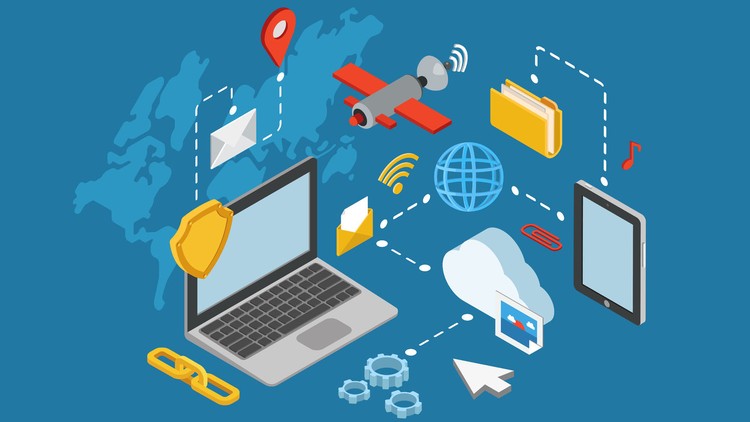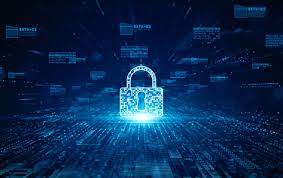Global Trends in Cybersecurity
As the digital landscape evolves, so do the threats and challenges associated with cybersecurity. Understanding global trends in cybersecurity is crucial for organizations to develop effective strategies to protect their assets and data. This article explores key trends shaping the cybersecurity landscape, highlighting their implications for businesses worldwide.
Introduction
Cybersecurity is no longer just an IT concern but a critical business issue that impacts all sectors. As cyber threats become more sophisticated and pervasive, staying informed about the latest trends and developments is essential for organizations to safeguard their operations and reputation.

Increasing Sophistication of Cyber Attacks
1. Advanced Persistent Threats (APTs)
APTs are long-term targeted attacks aimed at stealing sensitive information or disrupting operations. These attacks often involve sophisticated tactics, techniques, and procedures (TTPs) that bypass traditional security measures.2. Ransomware Evolution
Ransomware attacks have evolved from simple encryption to double extortion, where attackers not only encrypt data but also threaten to leak sensitive information. The ransomware-as-a-service (RaaS) model has made it easier for cybercriminals to launch attacks, increasing their frequency and impact.3. Supply Chain Attacks
Supply chain attacks, like the SolarWinds breach, target vulnerabilities in third-party software and services to gain access to an organization’s network. These attacks exploit trust relationships between organizations and their suppliers, making them particularly challenging to detect and mitigate.Proliferation of IoT Devices
1. IoT Security Challenges
The rapid adoption of Internet of Things (IoT) devices has expanded the attack surface for cybercriminals. Many IoT devices lack robust security features, making them easy targets for hackers.




